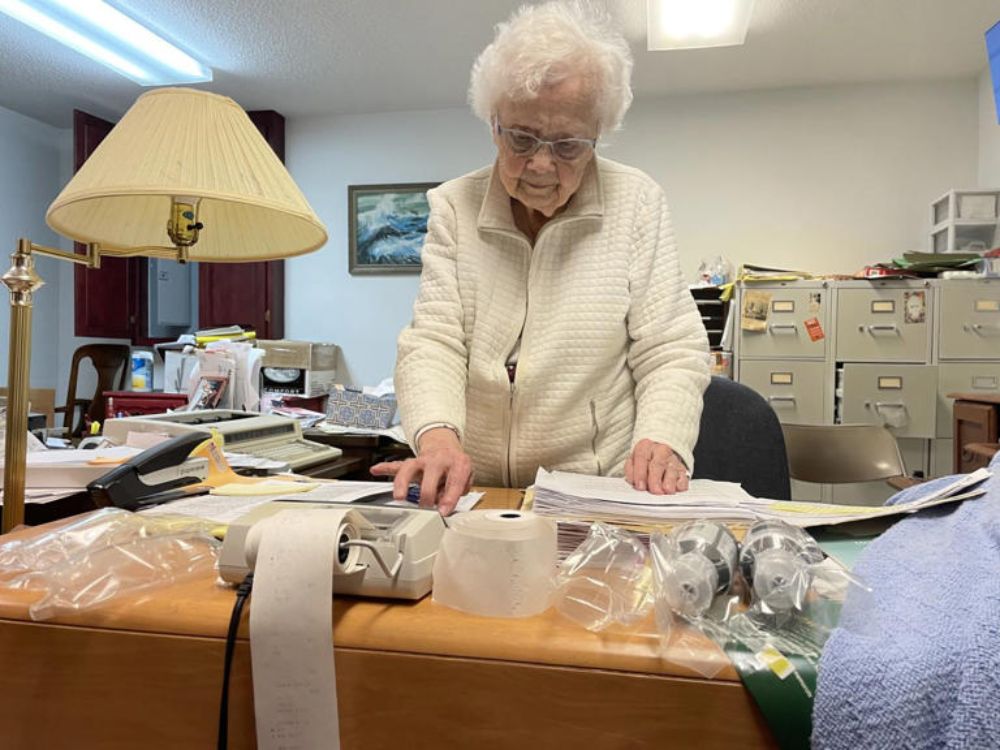加利(Gary Mossmen)是英國南部漢普郡(Hampshire)一位紋身師,數年前開始,他經常光顧漂浮治療中心,藉以鬆弛,及找尋創作的靈感。他說:「當你完全沒感覺時,這是截然不同的一種感覺。這是在地球上難以找到的。」
在漂浮治療中心內,顧客會進入一個黑暗、隔音的水糟內,浮在水中約一小時。加利說,在「漂浮艙」(float tank)內,可以達到一種半夢半醒的、似睡非睡的狀態,從而讓他找尋紋身圖案的靈感。他說:「當你的腦袋變成空白一片,就會產生原創的圖像。」
所謂的「漂浮艙」,就是讓人躺進裝滿濃鹽水的水槽內,而因為液體密度比水大,人可以完全放鬆浮躺,漂浮在在水面上,就像身處在死海一樣。而箱中液體也接近體溫,所以當蓋上艙蓋躺在裏面,人處身無光無聲的環境中,完全沒有視、聽和觸覺。此時世界只剩你自己與你的腦袋,有人說這是種接近死亡的體驗。
漂浮治療的概念源於上世紀 50 年代,美國醫生兼神經科學家約翰‧利里(John C. Lilly)設計了首座漆黑、隔音的「漂浮艙」,將艙內注滿水。由於失重狀態、無聲無光,讓人進入一種完全放鬆的狀態。據說,可以降低控制焦慮激素的皮質醇(cortisol)水平和提高安多芬(endorphins),改善人的情緒。
此外,由於人在「漂浮艙」與外界隔離,亦沒有感官感覺,因此亦稱為「感覺剝奪治療」(sensory deprivation therapy)。
「漂浮艙」70年代開始流行,著名演藝界人士小野洋子(Yoko Ono)和羅賓‧威廉斯(Robin Williams)等均有参與,後來有人擔心可能艙內的水會傳播愛滋等傳染病,於是有些漂浮中心關閉。2000年後,漂浮治療又捲土重来,在北美興起,泰國、日本和馬來西亞等地,均開設了漂浮治療中心。當中有些改稱為「漂浮自癒療法」(floatation therapy),美國美式足球員湯姆·布雷迪(迪Tom Brady)和籃球員史提芬‧居里(Stephen Curry)也採用這種療法。
2005年,〈心理與健康〉(Psychology and Health)期刊發表了一項報告,檢視了1983年至2002年27多份有關的研究,發現漂浮治療對改善情緒、血壓和皮質醇有幫助;2017年〈表現提升與健康〉期刊(European Journal of Integrative Medicine)則發現,漂浮對焦慮有療效。
一些科學研究顯示,一定時限的感覺剝奪具有健康益處。尤其現代生活中,人受壓力刺激與感官轟炸,常有過度緊張與自律神經失調的問題,暫時停止感官可以讓人放鬆,激活副交感神經,調整內分泌,也有對慢性神經痛與運動疼痛有益的說法。
然而,利里也是頗具爭議性的人物,他曾從事有關海豚互相溝通和人類溝通的研究,也涉及感官剝奪和靈修冥想等非傳統科學的領域,雖然啟發了不少人,但也受到一些科學家的批評。
美國哥倫比亞大學屬下的長老會醫院(Presbyterian Hospital)精神科醫生菲臘‧馬斯堅醫生(Phillip Muskin)說:「當你心神放空,例如進行專注呼吸和禪修等活動,都能令腦部放鬆,像大腦要重新開機一樣。」
美國史丹福大學醫學院(Stanford University School of Medicine)的精神科醫生拿但業‧莫里斯(Nathaniel Morris)年前也嘗試,事後他寫道:「手和腳失去感覺,也沒有時間的感覺,進入寧靜的狀態。當張開眼,坐起來時,好像睡了幾天一樣。」他認為這對精神病患者來說,可以獲得一刻的寜靜。
專家提醒人們,由於要進一步研究成效,暫時不應視「漂浮療法」為一種醫學治療。





